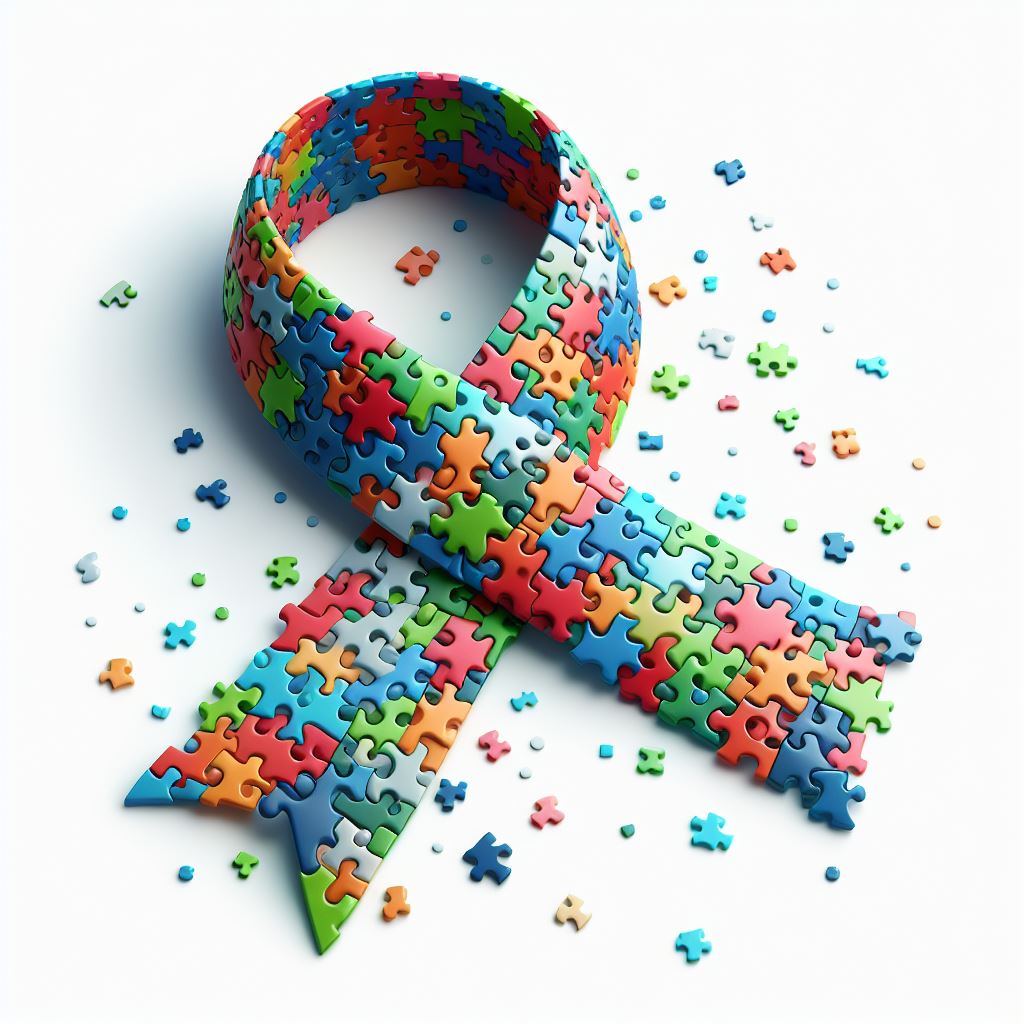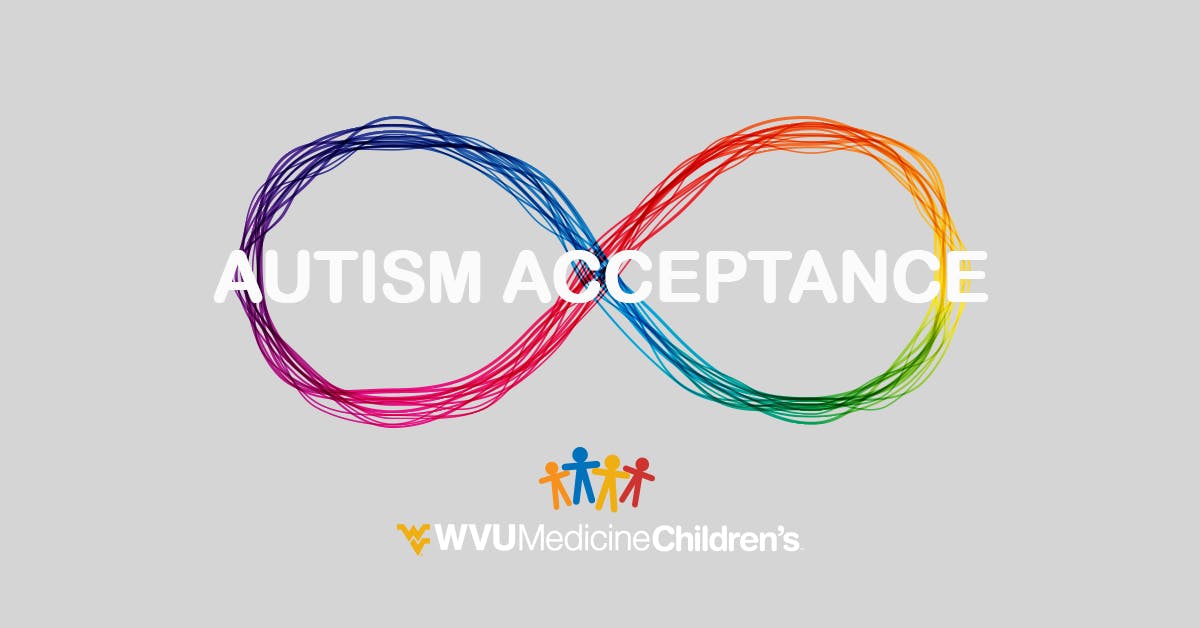Navigating Social Difficulties: Tips for Individuals Dealing With Autism
Navigating Social Difficulties: Tips for Individuals Dealing With Autism
Blog Article
Discovering Autism: Approaches for Efficient Interaction and Communication
Reliable communication and communication with individuals on the autism range demand an extensive understanding of their one-of-a-kind demands and preferences. The details of these strategies reveal further considerations that merit exploration, especially in just how they can be adjusted to diverse contexts and individual experiences.
Understanding Autism Range Disorder
Autism Spectrum Disorder (ASD) encompasses an array of neurodevelopmental problems characterized by challenges in social interaction, communication, and repetitive behaviors. The term "range" mirrors the varied symptoms and differing degrees of extent experienced by individuals with ASD. While some might exhibit considerable disabilities, others might display high-functioning qualities, enabling higher freedom in day-to-day live.
The onset of ASD usually takes place in early youth, with signs frequently recognizable by age two. Very early signs might include delayed speech development, minimal eye get in touch with, and difficulties in understanding social hints. The exact etiology of ASD continues to be uncertain, study suggests a combination of genetic and environmental elements plays a critical duty in its growth.
People with ASD typically possess one-of-a-kind toughness, such as heightened attention to information and phenomenal memory abilities. Nevertheless, they may battle with recognizing abstract principles and handling modifications to routine. As a result, interventions and assistance tailored to specific requirements are crucial for cultivating interaction and social abilities. Identifying the complexity of ASD is crucial for promoting understanding, acceptance, and reliable approaches that promote significant communications with people on the range.

Importance of Clear Interaction
Efficient communication is important for fostering understanding and link, especially for individuals with Autism Range Condition (ASD) Clear communication not just assists in social interactions however additionally boosts the individual's ability to express their emotions, thoughts, and demands. For individuals with ASD, the subtleties of language can commonly be testing; consequently, using unambiguous and straightforward language is necessary.
Moreover, clear communication helps in reducing frustration and stress and anxiety that may develop from misconceptions. When messages are conveyed in a consistent and direct fashion, individuals with ASD are much better outfitted to analyze info properly, which can dramatically boost their social engagement and engagement in numerous settings.
Establishing regimens and using visual assistances can even more bolster clear interaction. These techniques supply individuals with foreseeable structures that help comprehension and retention of information. Furthermore, actively paying attention and being person throughout communications advertises an encouraging setting where individuals with ASD really feel valued and recognized.
Ultimately, focusing on clear communication not just empowers people with ASD however also fosters even more purposeful links with their peers, caregivers, and the bigger community, leading the method for comprehensive communications and joint relationships. - autism
Non-Verbal Interaction Techniques
Communication expands beyond words, and for people with Autism Spectrum Condition (ASD), non-verbal hints play a considerable function in communications. Non-verbal interaction methods can consist of faces, gestures, body movement, and eye call, all of which work as essential parts for conveying intentions and feelings.
Recognizing and interpreting these non-verbal signals can enhance interactions with people with ASD. As an example, a cozy smile or open posture can create a welcoming atmosphere, urging involvement. Using visual aids-- such as photo cards or signs-- can connect communication gaps and aid convey messages much more successfully.
It is additionally vital to be mindful of individual area, as individuals with ASD may have various convenience levels pertaining to distance. Observing their reactions to physical nearness can inform suitable modifications.

Producing Encouraging Settings
Developing a supportive environment is critical for promoting positive interactions and boosting the health of individuals with Autism Spectrum Problem (ASD) Such atmospheres can substantially decrease anxiety and develop a feeling of safety, permitting individuals to reveal themselves a lot more freely.
To achieve this, it is vital to consider sensory level of sensitivities that individuals with ASD might experience. Modifying the physical area to consist of soft lighting, very little background sound, and comfortable seating can create a soothing environment. In addition, using consistent routines and clear visual routines can assist people prepare for transitions and minimize unpredictability, additional promoting convenience.
Social spaces need to be structured to lessen overwhelming stimulations while providing possibilities for engagement link in preferred tasks. Helping with areas marked for peaceful time can also work as a haven throughout minutes of stress. Significantly, including elements of selection equips people, allowing them to work out company in their atmosphere.

Encouraging Social Communications
Cultivating social communications amongst people with Autism Range Problem (ASD) needs intentional approaches that focus on comfort and involvement. Establishing predictable regimens can help reduce anxiety, making social settings more friendly. Producing structured settings with defined functions and duties enables individuals to involve without the overwhelming pressure of disorganized social dynamics.
Including passions and staminas into social activities can work as a driver for interaction. As an example, arranging group tasks around shared hobbies or subjects of attraction can facilitate all-natural conversations and connections. In addition, utilizing aesthetic assistances, my website such as pictorial schedules or social manuscripts, can aid in recognizing social cues and assumptions.
Designing proper social actions is critical - autism. Adults and peers should demonstrate effective communication strategies, including active listening and turn-taking. Role-playing circumstances can likewise provide a secure room for people to exercise these skills
Lastly, cultivating peer relationships through comprehensive practices is essential. Motivating comprehensive playdates or team outings can create possibilities for socializing in a comfortable setting. By executing these instructors, caretakers and approaches can considerably boost social communications for people with ASD, advertising their total social advancement and well-being.
Verdict
Finally, effective interaction and interaction methods are necessary for sustaining individuals with Autism Spectrum Problem. Highlighting clear language, incorporating non-verbal cues, and establishing predictable regimens substantially boost engagement and minimize anxiety. Developing supportive settings promotes risk-free social communications, while urging shared interests helps with significant links. Inevitably, these strategies empower individuals with autism to navigate social landscapes, advertising their general wellness and making it possible for the development of long-term partnerships.
Efficient communication and interaction with individuals on the autism spectrum demand an extensive understanding of their one-of-a-kind requirements and choices. Clear interaction not just assists in social communications however likewise enhances the person's capacity to reveal their demands, feelings, and ideas.Promoting social interactions among people with Autism Range Disorder (ASD) needs deliberate methods that prioritize convenience and interaction. By executing these caregivers, approaches and instructors can significantly enhance social communications for individuals with ASD, advertising their total social useful site development and well-being.
In conclusion, reliable communication and interaction techniques are essential for supporting individuals with Autism Spectrum Problem.
Report this page